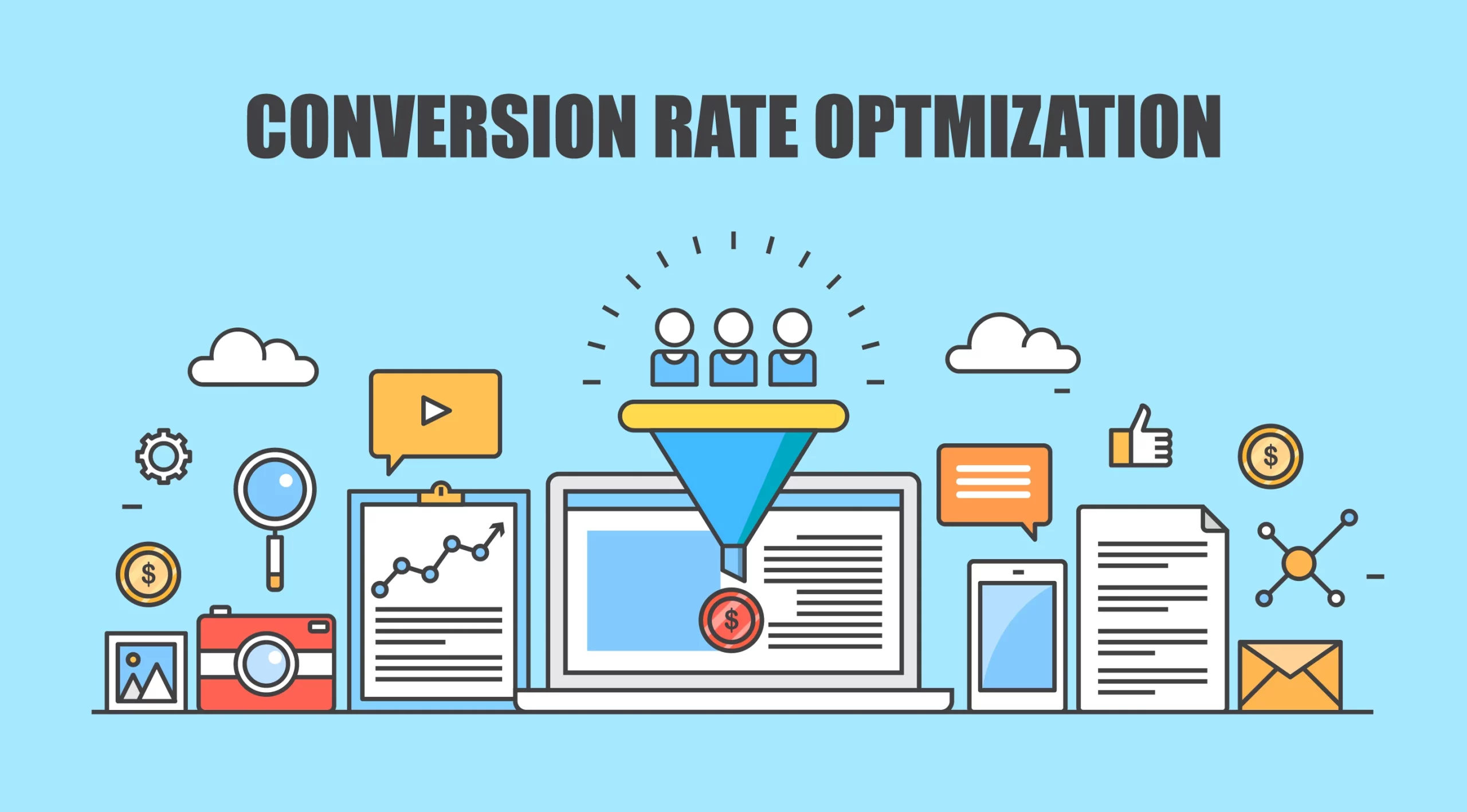In the realm of digital marketing, CRO, or Conversion Rate Optimization, has emerged as a critical strategy to maximize the effectiveness of websites and online campaigns. CRO focuses on improving the percentage of website visitors who take a desired action, such as making a purchase, filling out a form, or subscribing to a newsletter. By understanding the principles and implementing CRO strategies, businesses can enhance user experience, increase conversions, and achieve their marketing goals. In this article, we will provide a comprehensive guide to CRO, covering its key concepts, benefits, and effective implementation.
Understanding Conversion Rate Optimization (CRO):
Conversion Rate Optimization involves analyzing user behavior, identifying barriers to conversions, and implementing strategies to improve the percentage of visitors who complete desired actions on a website. It aims to make the most of existing traffic by increasing the conversion rate rather than solely focusing on acquiring more traffic.
Key Components of CRO:
- Data Analysis: CRO begins with gathering and analyzing data to gain insights into user behavior. Tools like Google Analytics provide valuable information on user interactions, traffic sources, and conversion funnels. By studying user data, businesses can identify areas of improvement and potential roadblocks in the conversion process.
- User Experience (UX) Optimization: CRO heavily relies on optimizing the user experience on a website. This includes improving website navigation, page load times, mobile responsiveness, and overall usability. Streamlining the user journey and reducing friction points can significantly enhance the likelihood of conversions.
- A/B Testing: A/B testing involves creating multiple versions of a web page or element and testing them simultaneously to determine which version performs better in terms of conversions. By comparing different design elements, copy variations, or call-to-action placements, businesses can identify the most effective combination and make data-driven decisions.
- Conversion Funnel Optimization: Analyzing and optimizing the conversion funnel is a crucial aspect of CRO. It involves identifying potential drop-off points in the customer journey and implementing strategies to address them. By optimizing each step of the funnel, from initial awareness to the final conversion, businesses can maximize the chances of successful conversions.
Benefits of CRO:
- Increased Conversions and Revenue: By improving the conversion rate, businesses can achieve higher numbers of desired actions, leading to increased revenue and return on investment. Optimizing the website to guide users towards conversions can have a significant impact on the bottom line.
- Cost-Effectiveness: CRO focuses on optimizing existing traffic, making it a cost-effective strategy. Instead of investing heavily in acquiring more visitors, businesses can leverage CRO to maximize the value of their existing traffic and achieve better results with minimal additional expenses.
- Better User Experience: CRO aims to enhance the user experience by identifying and addressing pain points, optimizing usability, and providing a seamless journey. This not only improves conversions but also leads to higher customer satisfaction, increased loyalty, and positive brand perception.
- Data-Driven Decision Making: CRO relies on data analysis and testing, enabling businesses to make informed decisions based on real user behavior. By relying on data rather than assumptions, businesses can continuously improve their website and campaigns, ensuring long-term success.
Implementing CRO:
- Define Conversion Goals: Clearly define the desired actions you want visitors to take on your website, such as completing a purchase, filling out a form, or subscribing to a service. This will guide your CRO efforts and help you track progress.
- Analyze User Behavior: Leverage analytics tools to gather data on user behavior, conversion funnels, and drop-off points. Identify patterns and areas for improvement.
- Optimize User Experience: Improve website navigation, page load times, mobile responsiveness, and overall usability. Simplify forms, enhance product descriptions, and create clear and compelling calls-to-action.
- Conduct A/B Testing: Create variations of web pages or elements and test them simultaneously to determine the most effective design, messaging, and layout.
- Monitor and Iterate: Continuously monitor the impact of your CRO efforts and make iterative improvements based on data and user feedback. CRO is an ongoing process that requires constant analysis and optimization.
Conclusion:
CRO is a data-driven approach to optimizing websites and campaigns to maximize conversions. By understanding user behavior, improving the user experience, conducting A/B testing, and optimizing the conversion funnel, businesses can increase conversions, revenue, and customer satisfaction. Embrace CRO as an integral part of your digital marketing strategy to unlock the full potential of your website and achieve your business objectives.





